- Home
- Enterprise
- Mobile
- In 6 Slides, Box Shows Investors Why It Thinks It's Worth Billions
In 6 Slides, Box Shows Investors Why It Thinks It's Worth Billions
Since its founding, Box knew the cost of storage was going to decline rapidly. As this slide suggests, storage is the foundation of Box’s business, but it’s only a part of it. Box sees itself as a content platform, where collaboration, workflow, and search all happen together. It has more than 1,300 mobile apps built on top of it, and custom apps built for big enterprise clients like Toyota and Eli Lilly.

Box argues that it is neither a consumer-driven app nor an enterprise solution. Its ease of use is like a consumer app, but its level of functionality and security is like an enterprise app.
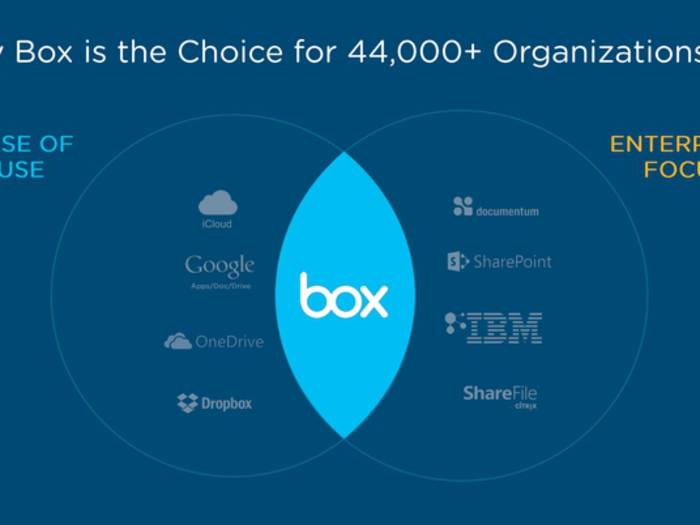
Box’s sales and marketing cost, relative to its total revenue, has been declining over the last three years. It took a lot of flak for having spent a whopping 166% of its revenue on sales and marketing in 2013, but that figure is coming down and will seemingly be less than 100% by this year. Box’s revenue is still growing, so this means it doesn’t have to spend as much as it used to to generate sales. But don’t expect Box to be profitable in the foreseeable future: it said it will keep spending to further expand its business.
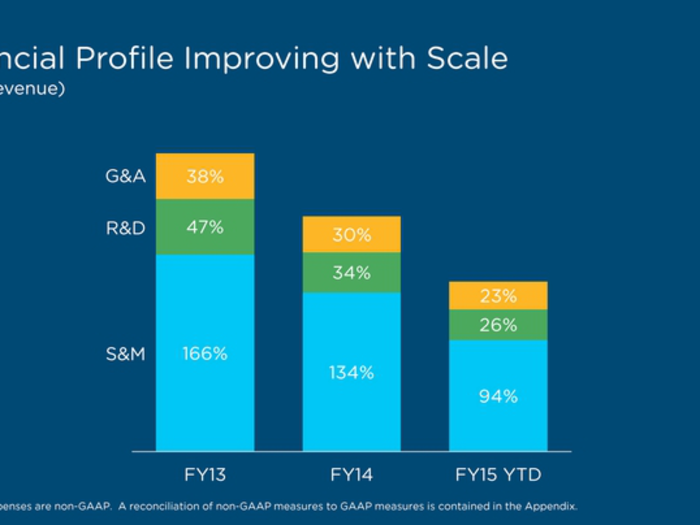
Box likes to call its sales strategy “Land and Expand.” In phase one, it spends a lot to acquire a customer, which explains its high upfront sales and marketing cost. In phase two, Box still has to spend to acquire more customers and sell upgrades to existing users, but revenue starts to balance out with total sales and marketing costs. Once it gets to phase three, customers become loyal users, renewing their contracts every year. At this point, Box doesn’t have to do spend much on sales, because users are already sold on the product, thus creating a high-margin business.
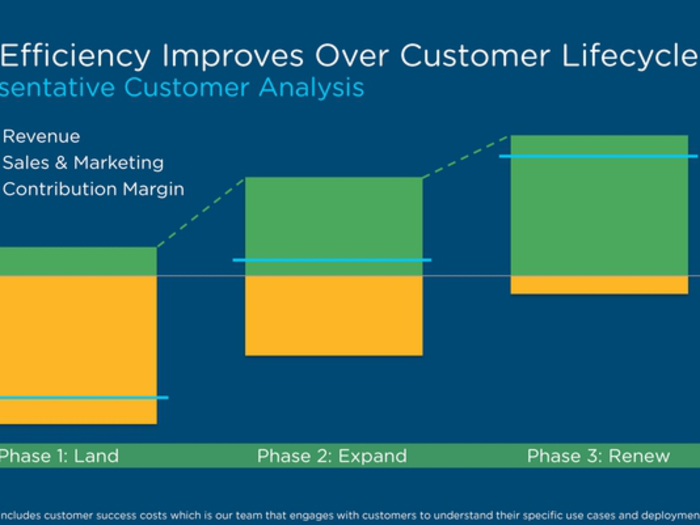
Box used Bechtel, one of the biggest construction companies in the world, as an example. When Bechtel first started using Box on a trial-basis back in 2011, it only had 300 users. In one year, it increased it to 5,000 seats, and by year two, it had nearly 9,700 users. In its third year, Bechtel had 15,000 users, all renewed seats, meaning Box didn’t have to spend a dime to generate sales from them. This shows how long it usually takes for a big enterprise customer to reach the “renew” stage, but also, how lucrative it becomes once it gets there.

In the long run, Box expects its sales and marketing cost to go all the way down to a reasonable 35 to 40% range. That would give it a 15 to 20% operating margin and up to 25% in free cash flow margin, which is not bad at all for any kind of business.
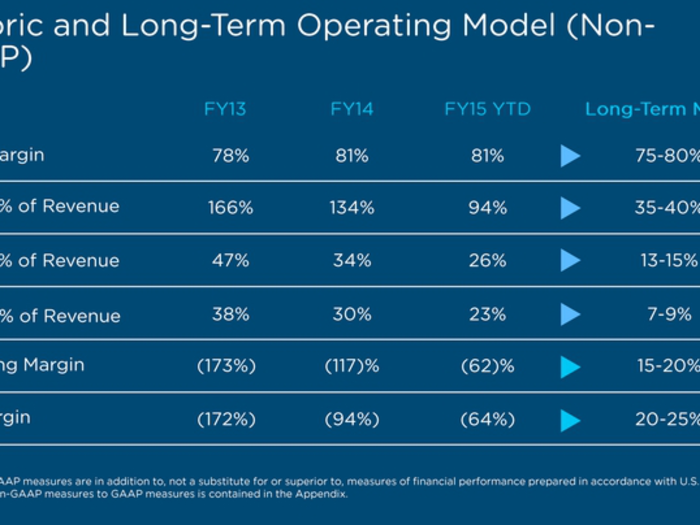
Now that you've seen Box's roadshow slides...
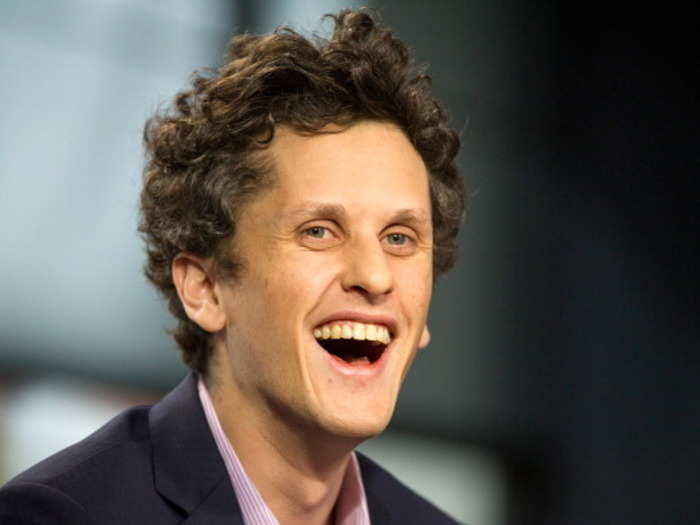
Popular Right Now
Advertisement